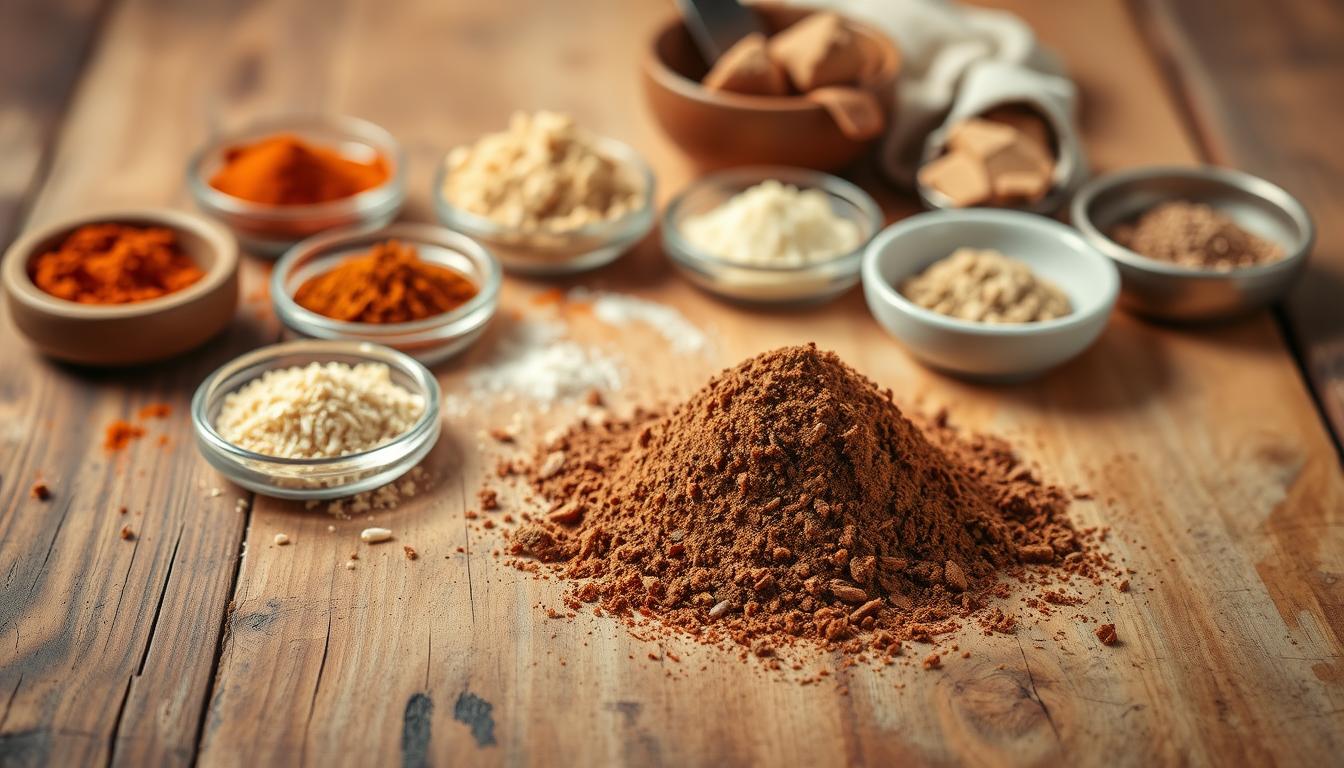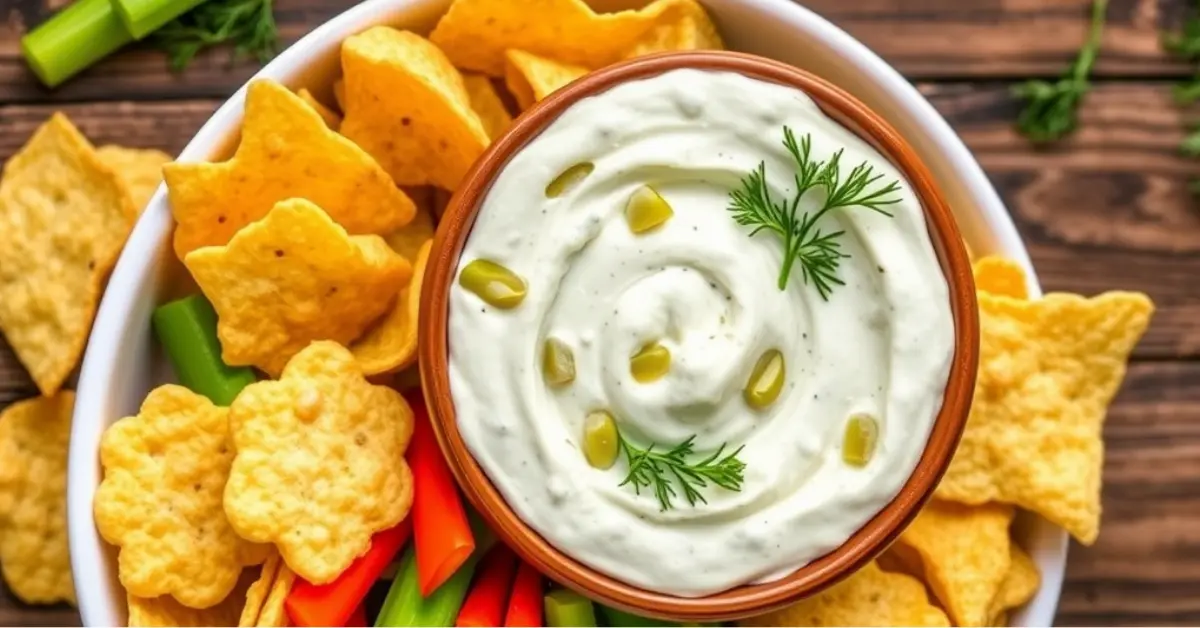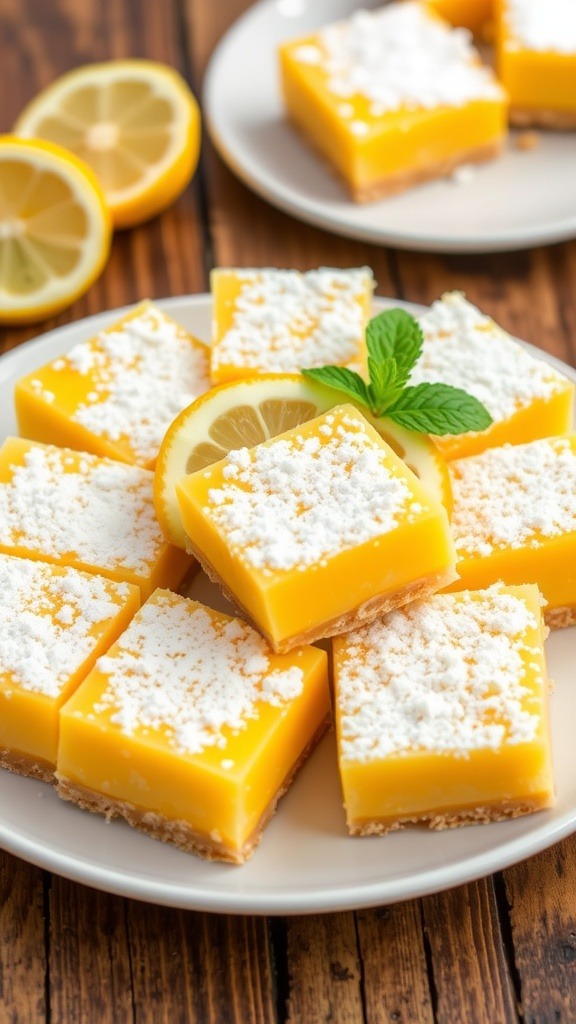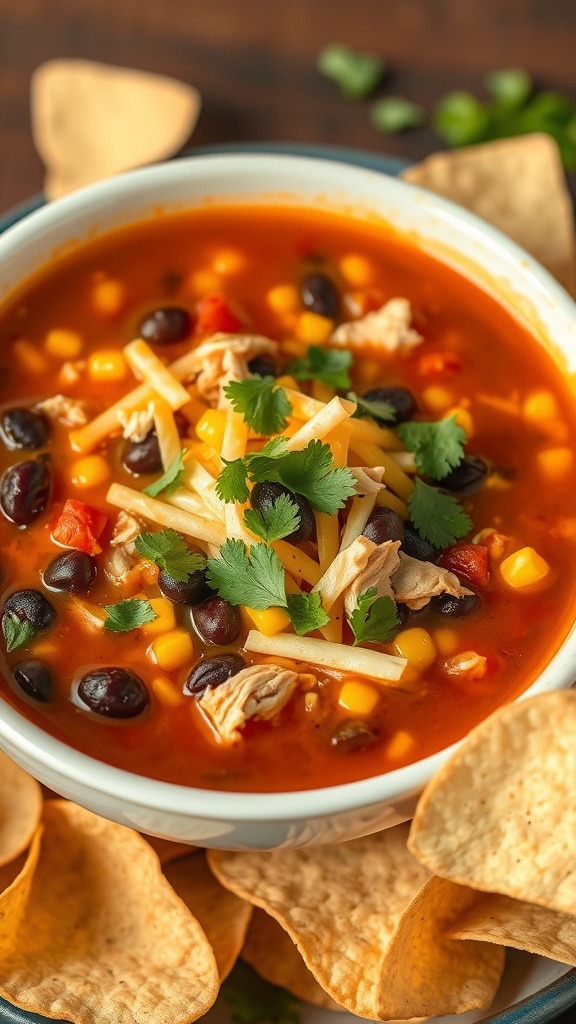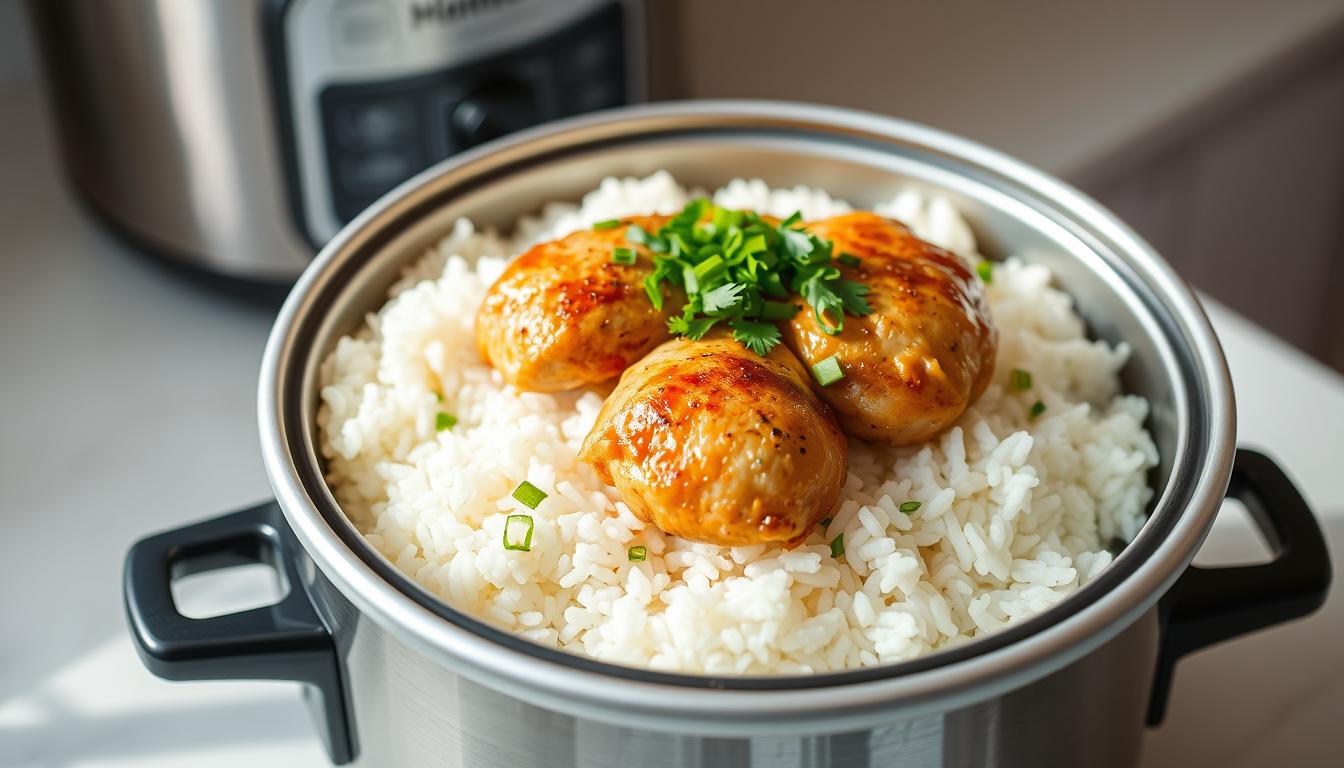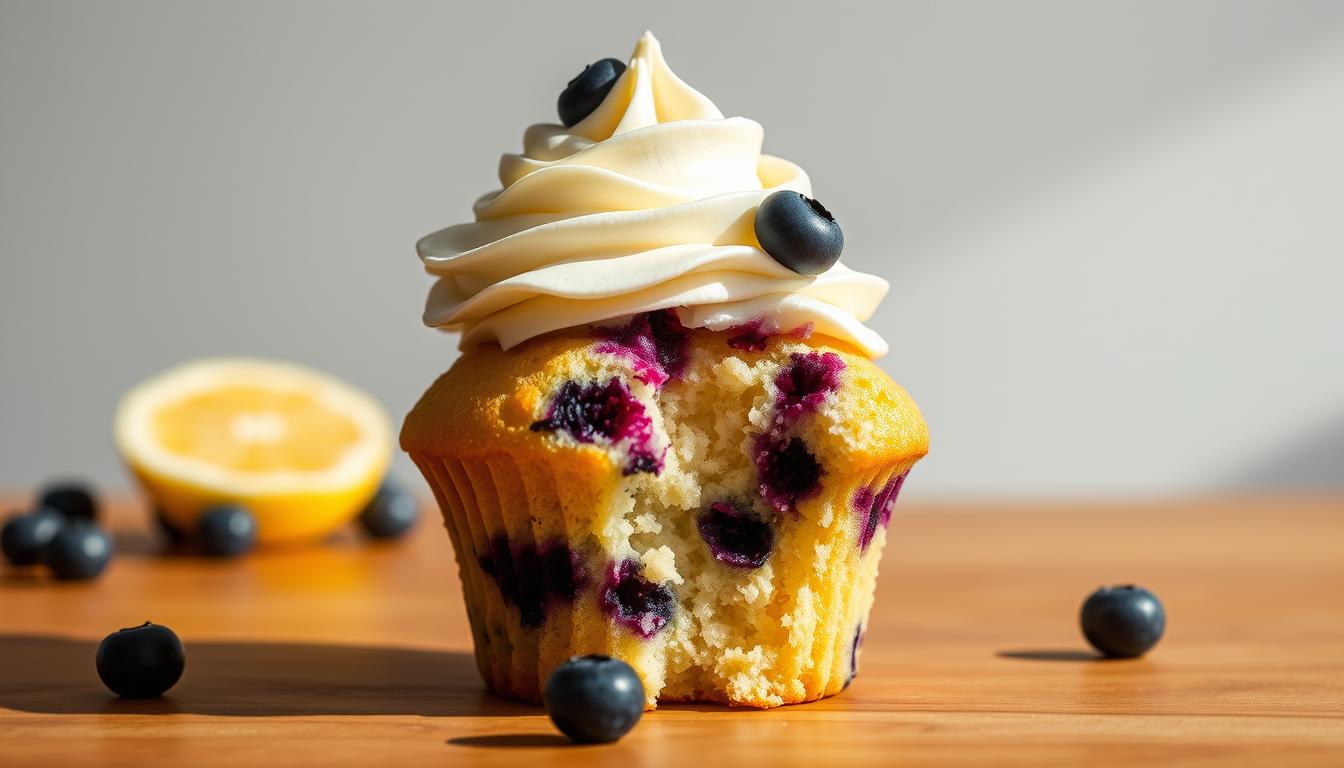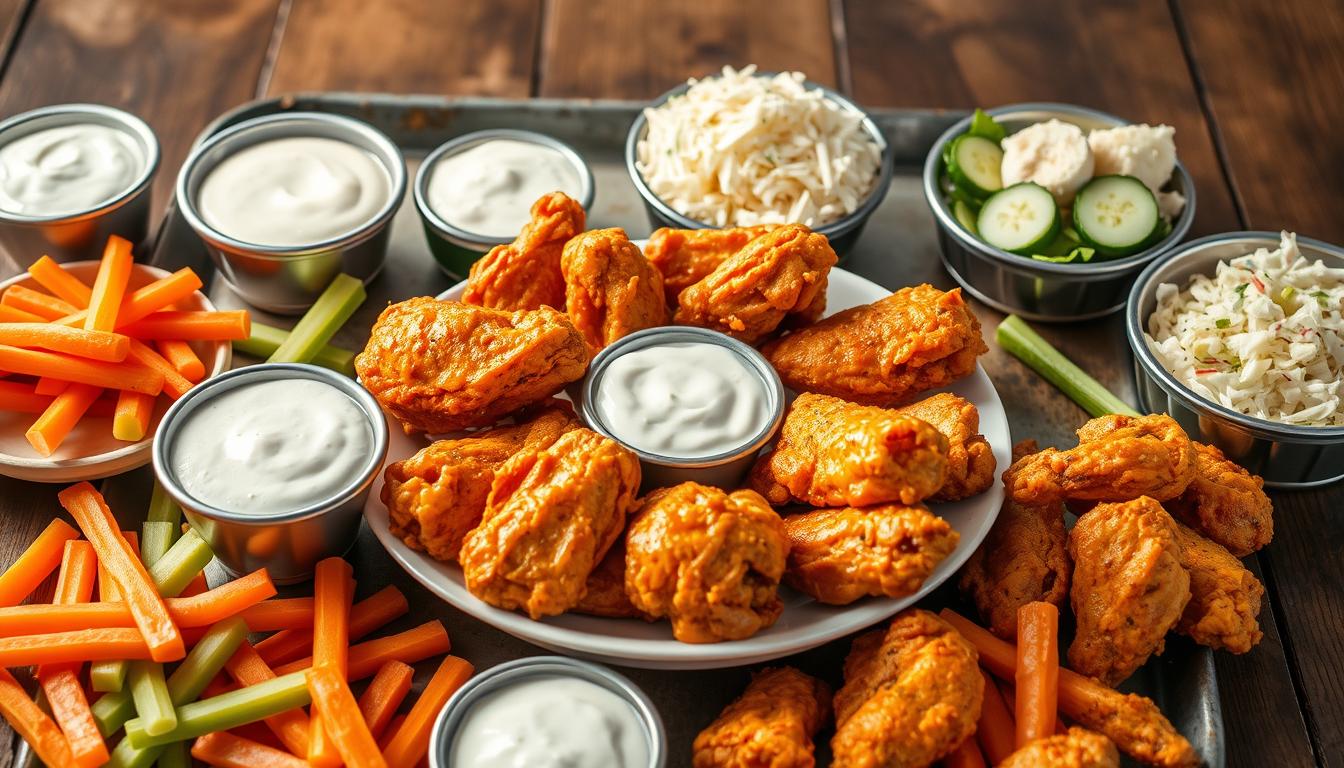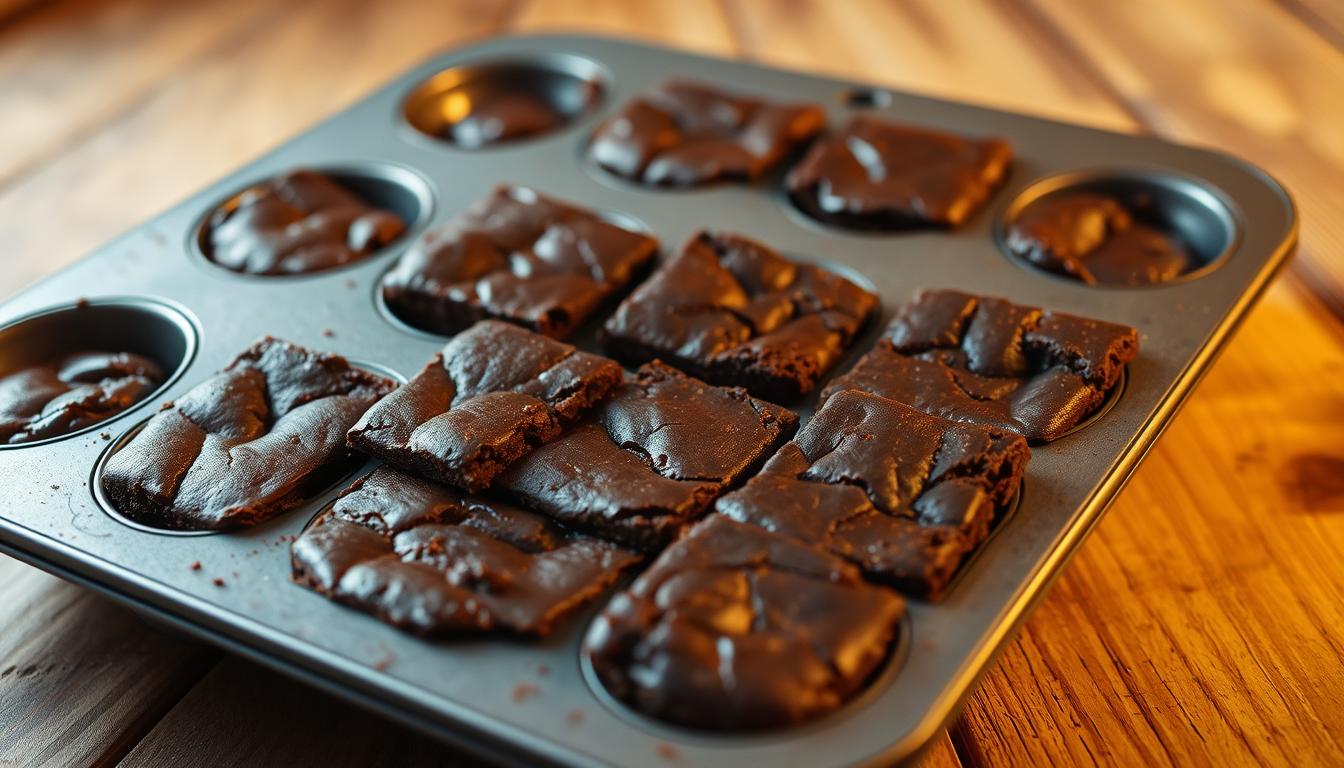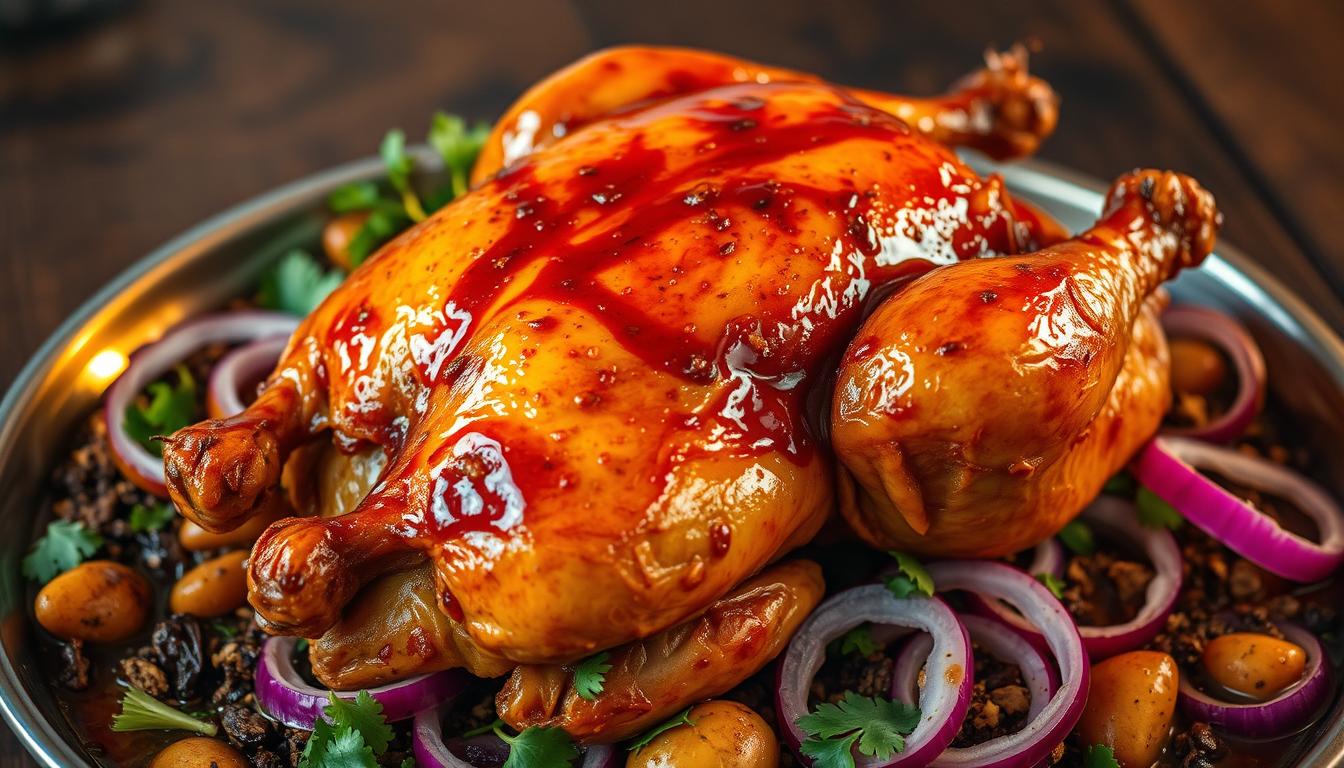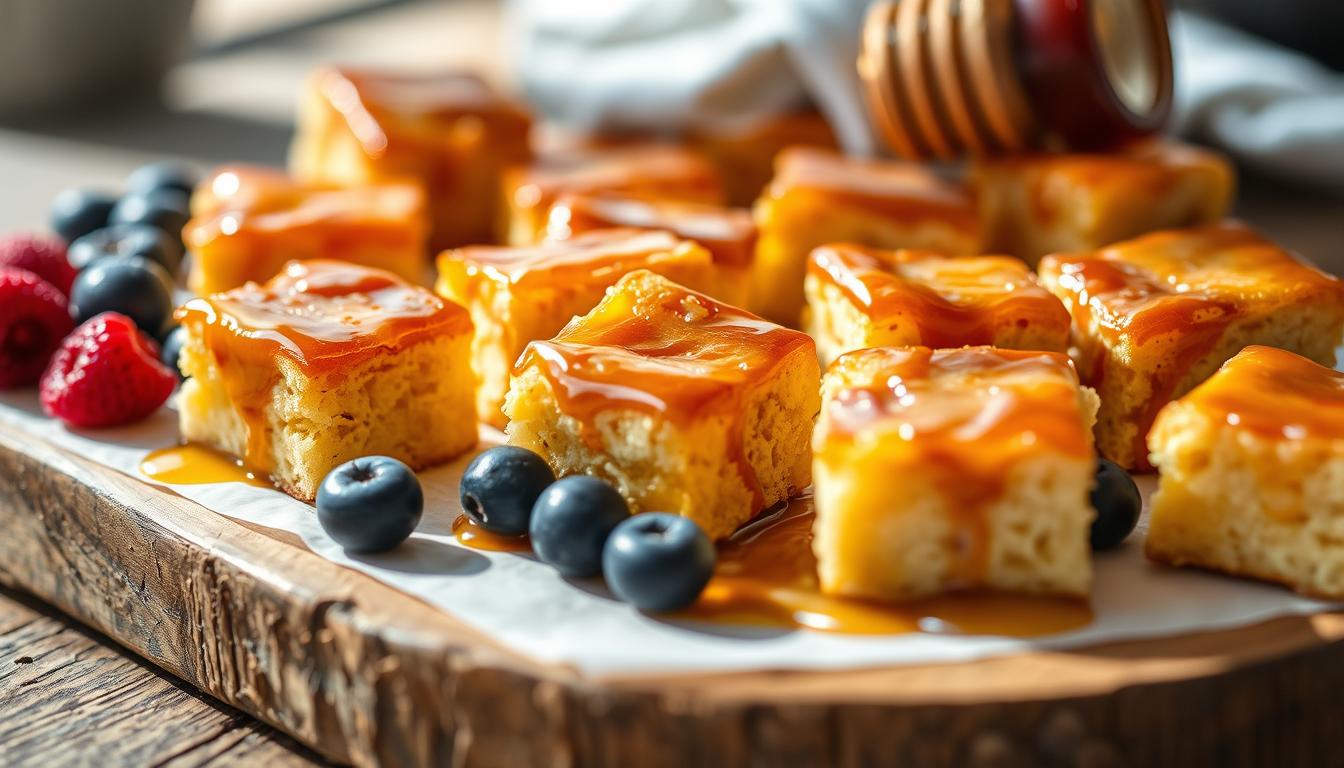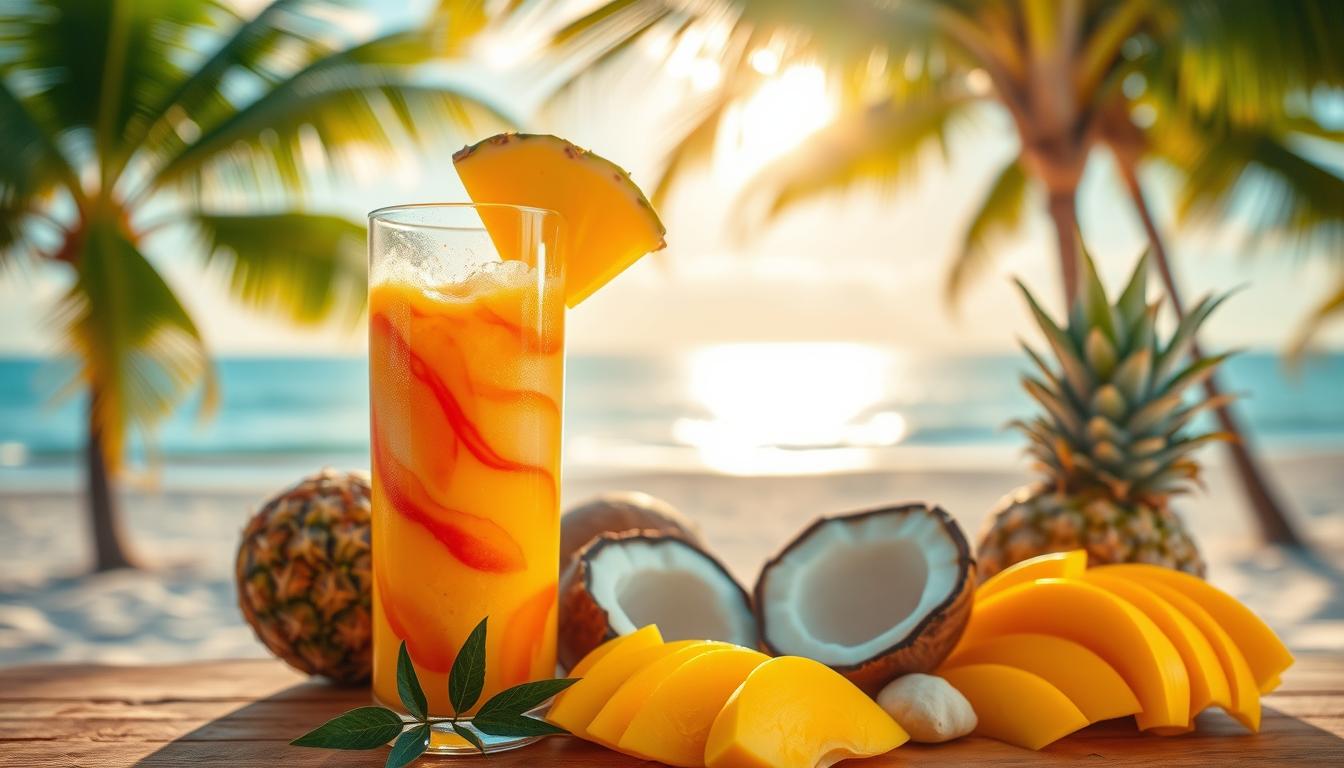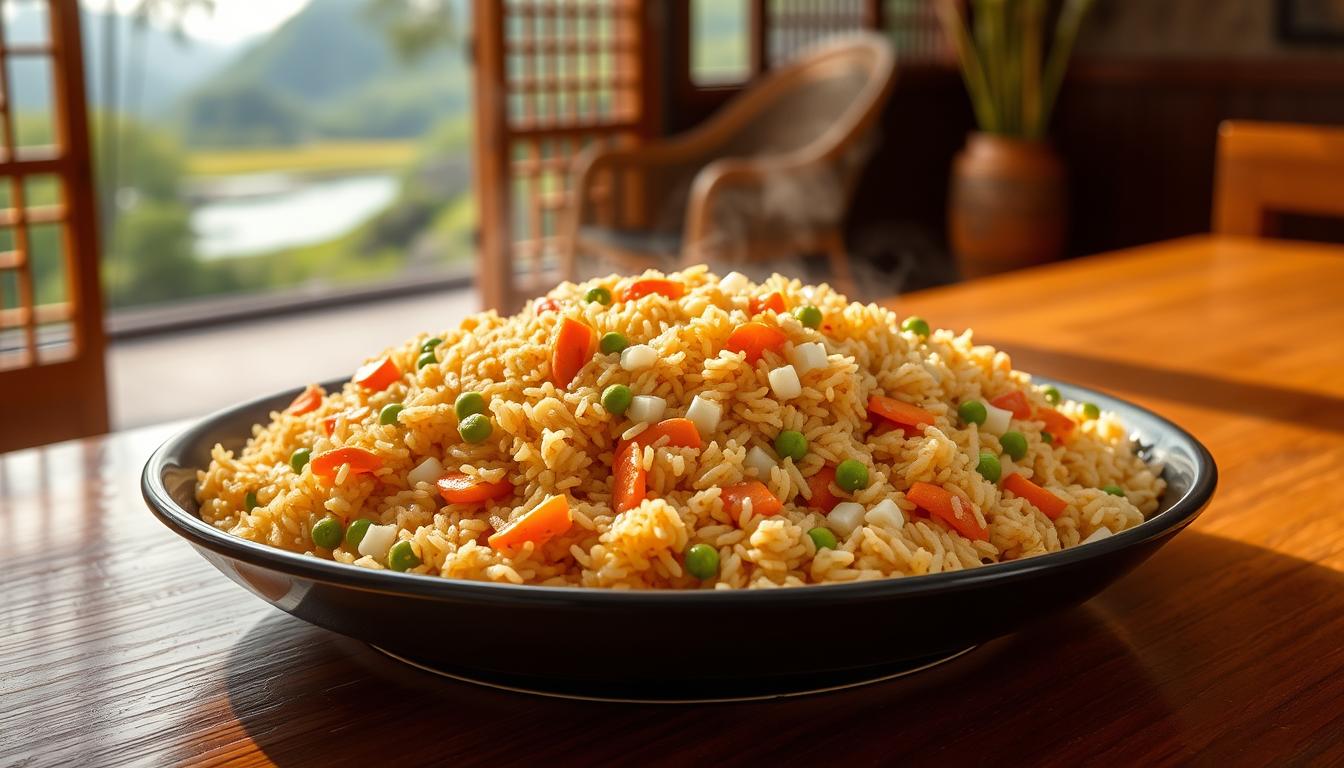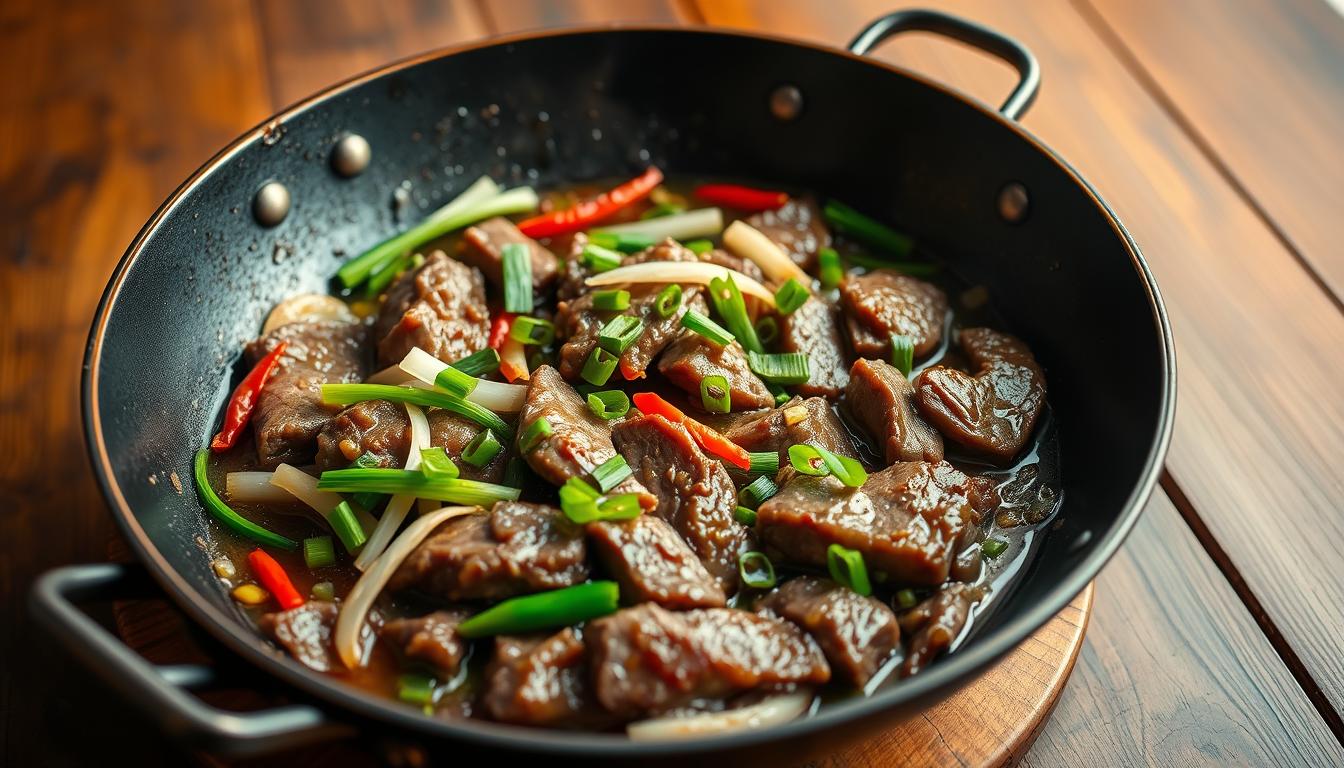Imagine the sizzle of a perfectly seasoned pork shoulder turning your backyard barbecue into a masterpiece. A pulled pork rub is your secret to creating tender meat that falls apart easily. This magical mix of spices and seasonings turns simple meat into a flavor explosion, making your guests want more.
A bbq pork rub is more than spices—it’s a blend that goes deep into the meat. It creates a delicious crust and boosts the pork’s natural flavors. Whether you’re a pro or just starting, a pulled pork rub can make your cooking unforgettable.
The beauty of a pulled pork rub is its simplicity and flexibility. With ingredients like brown sugar, smoked paprika, garlic powder, and kosher salt, you can craft a flavor that’s amazing. Each ingredient adds to the sweet, savory, and spicy notes that make pulled pork great.
Key Takeaways
- A pulled pork rub transforms ordinary pork into a flavor-packed dish
- Key ingredients include brown sugar, smoked paprika, and various spices
- Rubs create a delicious crust and enhance meat’s natural flavors
- Works with multiple cooking methods: smoking, grilling, and slow cooking
- Easy to customize to your personal taste preferences
Understanding Pulled Pork Rubs
Diving into BBQ, pulled pork rubs change the game. They turn simple meat into a flavor-packed masterpiece. Whether it’s a pork butt or shoulder rub, these spice and herb blends make your cooking stand out.
What is a Rub?
A rub is a mix of dried spices and herbs rubbed onto meat before cooking. For pulled pork, a great pork shoulder rub makes a tasty crust. This crust seals in flavor and creates a crispy exterior, known as the “bark”.
The Role of Seasoning in BBQ
Seasoning is BBQ masters’ secret. A good pork butt rub adds more than taste. It creates a rich flavor that goes deep into the meat. The goal is to mix sweet, savory, and spicy to match pork’s natural taste.
Key Ingredients in a Rub
The best pulled pork rubs have:
- Brown sugar for sweetness
- Kosher salt for flavor
- Paprika for color and heat
- Black pepper for sharpness
- Garlic powder for depth
“A great rub turns good meat into a culinary masterpiece.” – BBQ Pit Masters
Creating the perfect pork shoulder rub is about balance. Each ingredient is key to a complex, delicious flavor. This flavor will have everyone wanting more.
Different Types of Pulled Pork Rubs
Making the perfect pulled pork rub is an art. It changes with the region and cooking style. Whether you’re a backyard BBQ fan or a pro pitmaster, knowing the different rubs can improve your cooking.
Dry Rubs vs. Wet Rubs: What’s the Difference?
There are two main types of pulled pork rubs: dry and wet. A dry rub is a mix of spices and herbs rubbed on the meat. It usually includes salt, pepper, paprika, and more, making a tasty crust.
Regional Flavor Profiles
Every region in the U.S. has its own pulled pork rub style. From Kansas City’s sweet molasses rubs to the Carolinas’ tangy pepper blends, flavors vary a lot.
Popular Ready-Made Rub Options
If you’re short on time, many pre-made pulled pork rubs are out there. Here are some top picks:
| Brand | Price | Special Offer |
|---|---|---|
| Meat Church Holy Cow BBQ Rub | $10 | 23% off |
| Three Little Pigs Kansas City Championship BBQ Rub | $10 | 18% off |
| Bone Suckin’ Original Seasoning and Rub | $9 | 25% off |
Pro tip: Always check the ingredients to make sure they fit your taste and diet.
- Try different rubs to find your favorite
- Think about how spicy and sweet you like it
- Keep rubs in a cool, dry spot to keep them fresh
The right pulled pork rub can turn a simple cut of meat into a delicious dish!
Essential Ingredients for Homemade Pulled Pork Rub
Making the perfect bbq pork rub is an art. It mixes special spices and seasonings. A great pulled pork rub turns simple meat into a delicious treat that wows everyone.
When making your pulled pork rub, aim for a mix of flavors that match pork’s rich taste. It’s key to know how each ingredient adds to the taste experience.
Spices and Seasonings You Need
Your bbq pork rub should start with these spices:
- Kosher salt (1 tablespoon)
- Smoked paprika (1 tablespoon)
- Ground cumin (1 teaspoon)
- Garlic powder (1 teaspoon)
- Onion powder (1 teaspoon)
- Freshly ground black pepper (to taste)
Sweeteners to Consider
Sweeteners are vital in pulled pork rub. Dark brown sugar (3 tablespoons) adds depth and helps create a caramelized crust. It balances the savory spices and makes the pork crusty.
Adding Heat: Choosing Peppers
For a spicy kick, add cayenne pepper or crushed red pepper flakes. Start small and adjust to your liking. Remember, you can always add more heat, but you can’t take it away!
Pro tip: When mixing your rub, ensure all ingredients are thoroughly combined for a consistent flavor profile.
By picking and balancing these ingredients, you’ll make a pulled pork rub that boosts your barbecue. It will make everyone want your secret recipe.
How to Apply Pulled Pork Rub
Learning to apply a pork shoulder rub can make your BBQ amazing. The right way to do it ensures the meat tastes great and gets that perfect crust. Every pitmaster wants that.
When you’re getting ready to season your pulled pork, follow these key steps:
Timing: When to Apply the Rub
The best time to put on your pulled pork rub is between 1 to 24 hours before cooking. This lets the spices really get into the meat, adding lots of flavor. Here’s what experts say:
- Minimum of 1 hour before cooking
- Optimal window: 4-8 hours of marination
- Maximum time: 24 hours for intense flavor infusion
Techniques for Even Coverage
To get your rub evenly on the meat, use these techniques:
- Pat the meat dry with paper towels
- Generously sprinkle the rub across all surfaces
- Use your hands to spread seasoning evenly
- Ensure no spots are missed
Massaging vs. Rubbing
Massaging your pulled pork rub into the meat gets the flavors deeper. Press the spices into the meat’s surface. This helps them stick and make a tasty crust while cooking.
“The secret is in the details – take your time and be thorough with your rub application.”
Pro tip: Use about 1-2 tablespoons of rub per pound of pork for the right amount of seasoning.
The Importance of Resting
Resting your smoked pork shoulder rub is key to making great pulled pork. After hours of prep and cooking, letting it rest is what pros do. It’s their secret.
Why Resting Matters
When you take the pork out of the heat, its juices are still moving. Resting lets these juices spread out. This makes the meat tender and full of flavor.
Optimal Resting Time
The resting time depends on the cut size:
- Small cuts (3-4 pounds): Rest for 30-45 minutes
- Medium cuts (5-7 pounds): Rest for 1-2 hours
- Large cuts (8-10 pounds): Rest for 2-4 hours
Effects on Flavor and Texture
Resting affects your pulled pork in important ways:
- Juice spreads evenly in the meat
- It becomes more tender
- The flavor is more consistent
- It’s easier to shred
“Patience is the key to perfect pulled pork.” – BBQ Experts
Pro tip: Wrap your resting meat in aluminum foil. Keep it in a warm place, not hot. Your patience will pay off with delicious pulled pork.
Cooking Methods That Complement Pulled Pork Rub
Choosing the right cooking method can make your bbq pork rub amazing. Each technique brings out special flavors and textures in pulled pork. This makes your meal unforgettable.
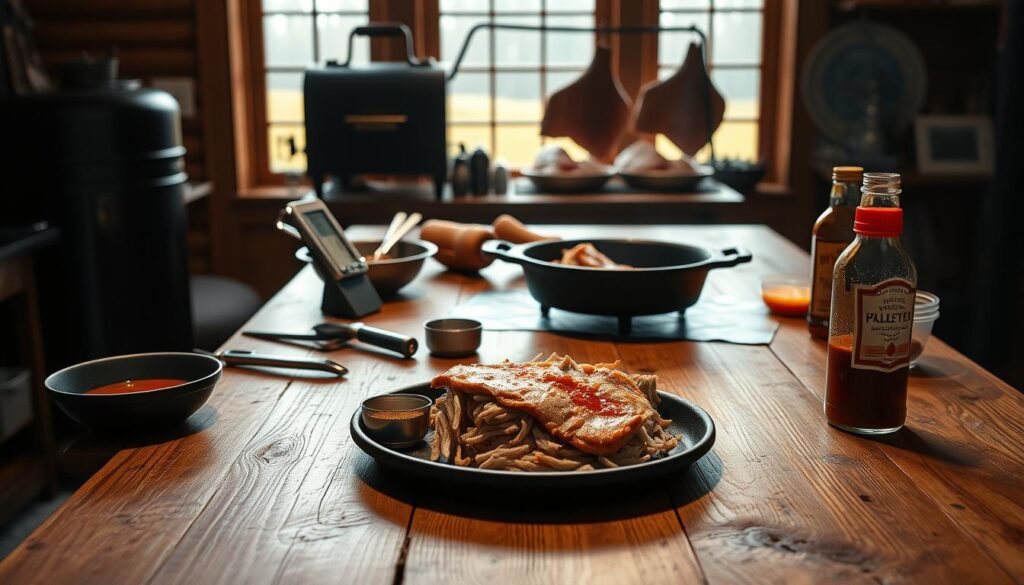
There are many exciting ways to cook pulled pork. These methods help bring out the best in your pulled pork rub:
- Smoking: The traditional method that infuses deep, rich flavors
- Grilling: Perfect for creating a slightly charred exterior
- Oven Roasting: Consistent and convenient cooking technique
- Slow Cooking: Ensures tender, fall-apart meat
Smoking: A Flavor-Packed Tradition
Smoking is the top choice for pulled pork lovers. Your bbq pork rub goes deep into the meat, adding layers of flavor. Wood chips like hickory or apple wood add a smoky taste.
Grilling vs. Oven Roasting
Grilling gives a caramelized crust, while oven roasting controls the heat better. Both work well with a good pulled pork rub, depending on your tools and time.
Slow Cooking: Simple yet Effective
Slow cooking lets your pulled pork rub stand out. The long cooking time blends the spices, making the meat rich and tender. It’s great for home cooks who want reliable results.
Pro tip: Always let your meat rest after cooking. This lets the rub’s flavors fully develop.
Tips for Perfect Pulled Pork
Mastering pulled pork takes patience and precision. Whether you’re using a smoked pork shoulder rub or your favorite recipe, the secret is in the technique. Paying close attention to detail is key.
Monitoring Cooking Temperature
Keeping the temperature right is essential for tender pulled pork. Aim for an internal temperature of 195-205°F (90-96°C). This ensures the meat is tender and juicy.
- Use a reliable meat thermometer for accurate readings
- Check temperature in multiple spots of the pork shoulder
- Allow gradual temperature increase during cooking
The Role of Mop Sauce
A mop sauce keeps your pork shoulder moist during long cooking. Your smoked pork shoulder rub can be enhanced by a flavorful mop sauce. It adds moisture and prevents drying.
- Prepare a light, tangy mop sauce with apple cider vinegar
- Apply sauce every 1-2 hours during cooking
- Use a silicone basting brush for even distribution
When to Pull the Pork
Knowing when to pull your pork is an art. Look for visual and tactile signs that it’s ready. The meat should shred easily with two forks.
- Meat should reach 195-205°F internal temperature
- Connective tissues should be completely broken down
- Meat should pull apart effortlessly
Pro tip: Let the pork rest for 30-45 minutes after cooking. This allows juices to redistribute, ensuring maximum flavor and tenderness.
Pairing Your Pulled Pork
Creating the perfect pulled pork experience is more than just a tasty bbq pork rub. The right pairings can make your meal unforgettable. Choose complementary sauces, sides, and buns to turn your pulled pork into a masterpiece.
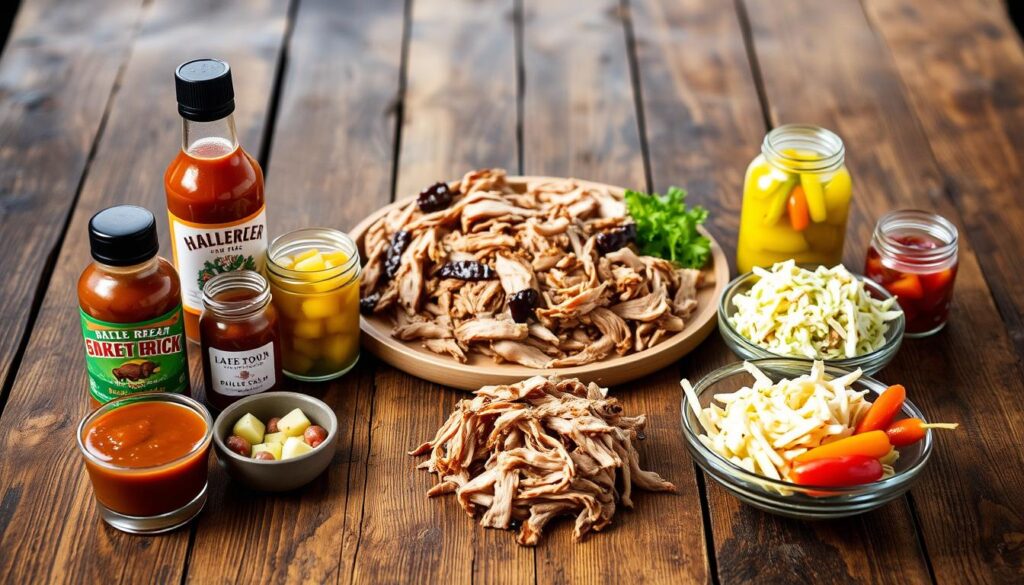
Best Sauces to Complement Your Pulled Pork Rub
Your pulled pork rub is the base flavor. But the right sauce can elevate it. Here are some classic sauce options:
- Carolina Vinegar Sauce: Tangy and light
- Kansas City-style Sweet BBQ Sauce
- Memphis Mustard-based Sauce
- Spicy Texas-style Hot Sauce
Delicious Side Dishes
Pair your pulled pork with sides that balance and enhance its flavors:
- Classic Creamy Coleslaw
- Baked Beans
- Cornbread
- Mac and Cheese
- Potato Salad
Perfect Buns for Your Pulled Pork
The right bun is crucial for your pulled pork sandwich. Look for soft, sturdy buns that hold the meat well. Brioche, potato rolls, and classic hamburger buns are great for showcasing your pulled pork.
Pro tip: Lightly toast your buns for added texture and flavor!
Storing Leftover Pulled Pork
Enjoying your pulled pork with a great pork butt rub is just the start. Knowing how to store leftovers is key for keeping flavor and safety. Good storage can make your pulled pork last longer and lead to tasty meals all week.
Best Storage Practices
Follow these tips to keep your pulled pork fresh:
- Cool the pulled pork to room temperature within 2 hours of cooking
- Store in airtight containers
- Refrigerate at 40°F or lower
- Consume within 3-4 days for optimal taste
Reheating for Maximum Flavor
Reheating pulled pork needs care to keep it moist and flavorful. Here’s how:
- Preheat oven to 250°F
- Place pulled pork in an oven-safe dish
- Add a splash of liquid (broth or sauce)
- Cover with foil to retain moisture
- Heat until internal temperature reaches 165°F
Creative Leftover Ideas
Turn leftover pulled pork into new dishes:
- Pulled Pork Nachos
- BBQ Pulled Pork Pizza
- Pulled Pork Stuffed Baked Potatoes
- Pulled Pork Tacos
Frozen pulled pork can last up to 3 months if sealed right. Thaw it in the fridge overnight before reheating for the best taste.
Conclusion: Elevating Your Pulled Pork Experience
Your journey to the perfect pulled pork rub is just starting. It’s not just a recipe; it’s a chance to show off your cooking skills. You can make a flavor that’s all your own.
Try using different woods like Hickory, Mesquite, Apple, and Oak. Each wood gives your pulled pork a unique taste. Feel free to mix spices and adjust amounts to match your taste.
Sharing your pulled pork with friends and family makes it special. Your homemade rub is more than seasoning; it’s a way to bring people together. As you get better, you’re making memories that last a lifetime.
The art of pulled pork is all about learning and enjoying. Every time you make your signature rub, you’re adding to your cooking story. It’s a chance for others to enjoy the journey with you.
FAQ
What exactly is a pulled pork rub?
A pulled pork rub is a mix of dry spices and seasonings. You apply it to pork shoulder or butt before cooking. It makes a tasty crust and boosts the meat’s flavor, ready for smoking, grilling, or slow cooking.
How long should I let the rub sit on the pork before cooking?
Apply the pulled pork rub 1-2 hours before cooking, or better yet, overnight. This lets the seasonings soak into the meat, making it taste even better.
Can I make my own pulled pork rub at home?
Yes, you can! Making your own BBQ pork rub is simple. Use common spices like brown sugar, paprika, black pepper, salt, garlic powder, and chili powder. You can adjust the mix to your liking.
What’s the difference between a dry rub and a wet rub?
A dry rub is a spice mix applied directly to the meat. A wet rub, on the other hand, includes moisture like oil or mustard. This helps the seasonings stick and intensify the flavor.
How do I store a homemade pork shoulder rub?
Keep your homemade pork rub in an airtight container in a cool, dry spot. It can last up to 6 months this way, keeping its flavor strong.
What cooking methods work best with a pulled pork rub?
Smoking is traditional, but slow cooking, oven roasting, or grilling also work well. Each method helps the rub create a delicious bark and infuse the meat with rich flavors.
How much rub should I use per pound of pork?
Use about 1 tablespoon of smoked pork shoulder rub per pound of meat. This amount covers the meat well without overpowering its natural taste.
Can I use a pulled pork rub on other meats?
Yes! While made for pork, many BBQ rubs are great on chicken, beef, and even veggies. Try different meats and find your new favorites.

